Historic theaters are windows into the cultural past. They offer a glimpse of artistic evolution and architectural splendor. From Shakespeare’s London to the grand stages of Europe, these theaters have hosted countless performances. Discover the unique histories and stunning designs that make these venues iconic.
Globe Theatre (London, UK)
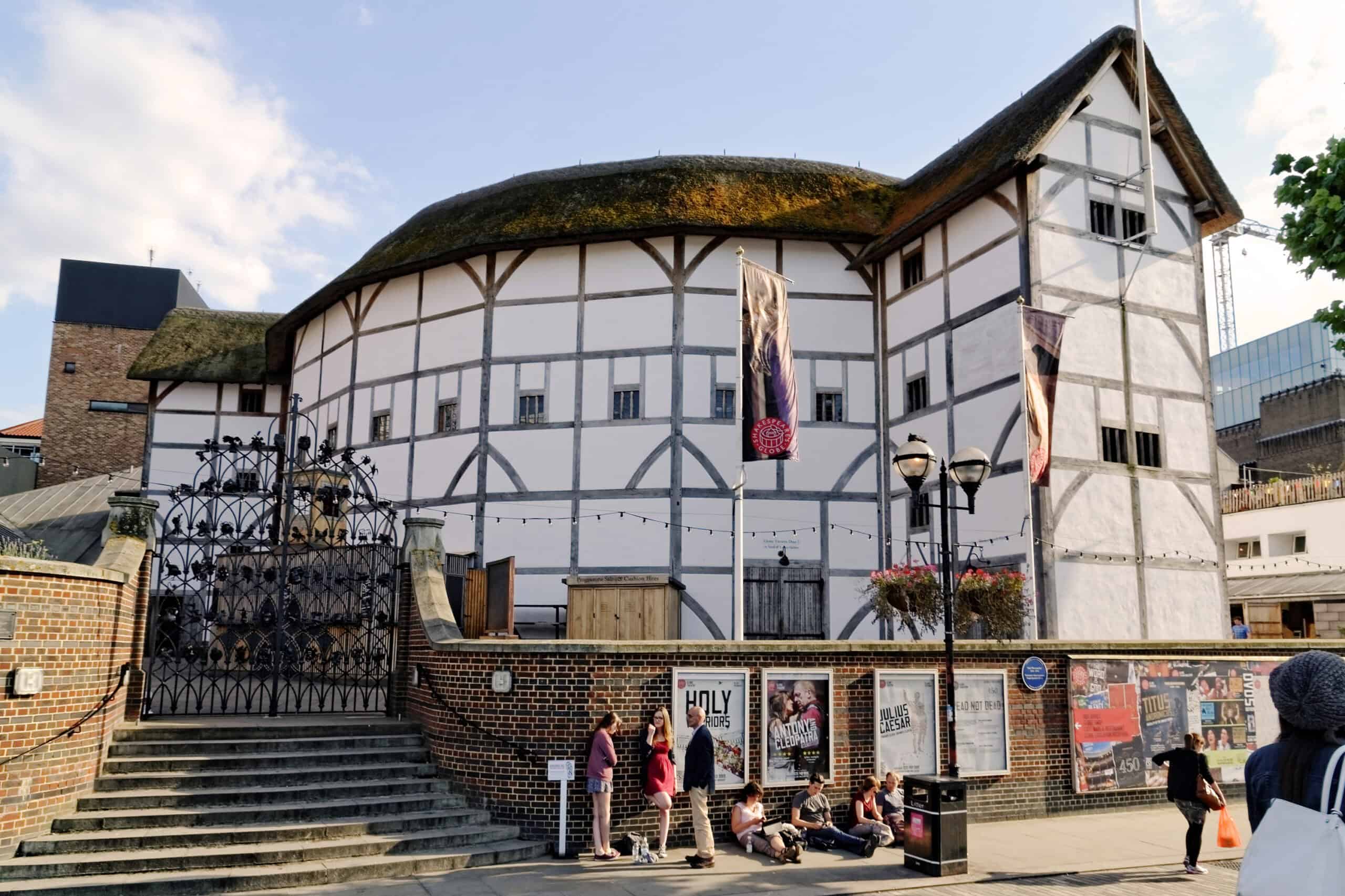
The Globe Theatre in London was built in 1599 by Shakespeare’s playing company, the Lord Chamberlain’s Men. This iconic venue was tragically destroyed by fire in 1613, rebuilt in 1614, and ultimately demolished in 1644. It was faithfully reconstructed in 1997, only 230 meters from its original location, under the vision of American actor and director Sam Wanamaker. The open-air circular design and thatched roof replicate the original structure, offering a unique experience. Today, it serves as a vibrant center for Shakespearean performances and educational tours, bringing Elizabethan theater to life for modern audiences.
Teatro La Fenice (Venice, Italy)
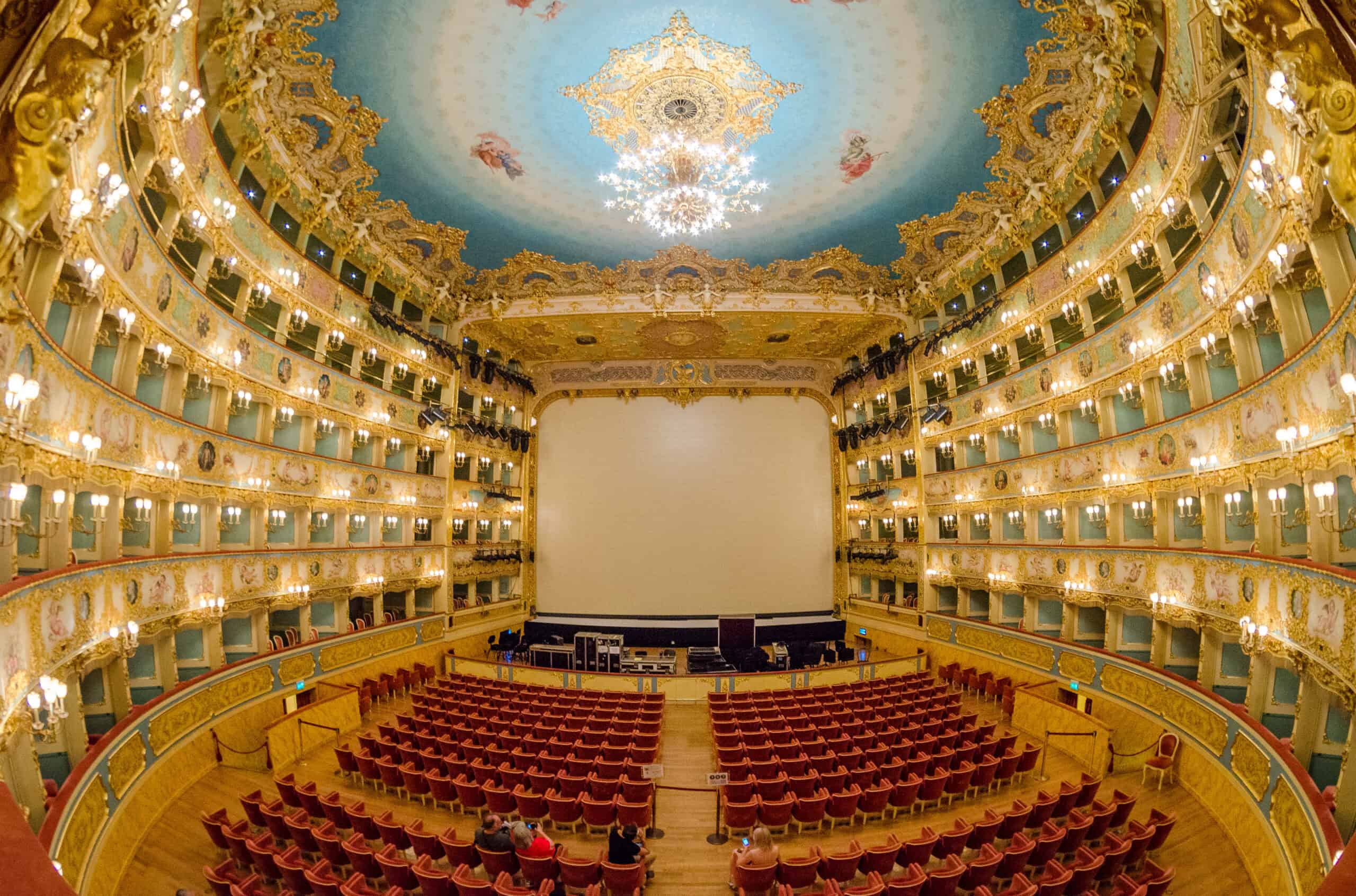
Teatro La Fenice, meaning “The Phoenix,” was inaugurated in 1792 and has lived up to its name by rising from the ashes twice, after fires in 1836 and 1996. Located in the heart of Venice, its reconstruction in 2003 restored its 19th-century charm. Known for its sumptuous gold leaf interior, crystal chandeliers, and exceptional acoustics, La Fenice has premiered operas by Rossini, Verdi, and Bellini. Visitors can explore its rich history through guided tours and enjoy world-class opera performances in a truly historic setting.
Palais Garnier (Paris, France)
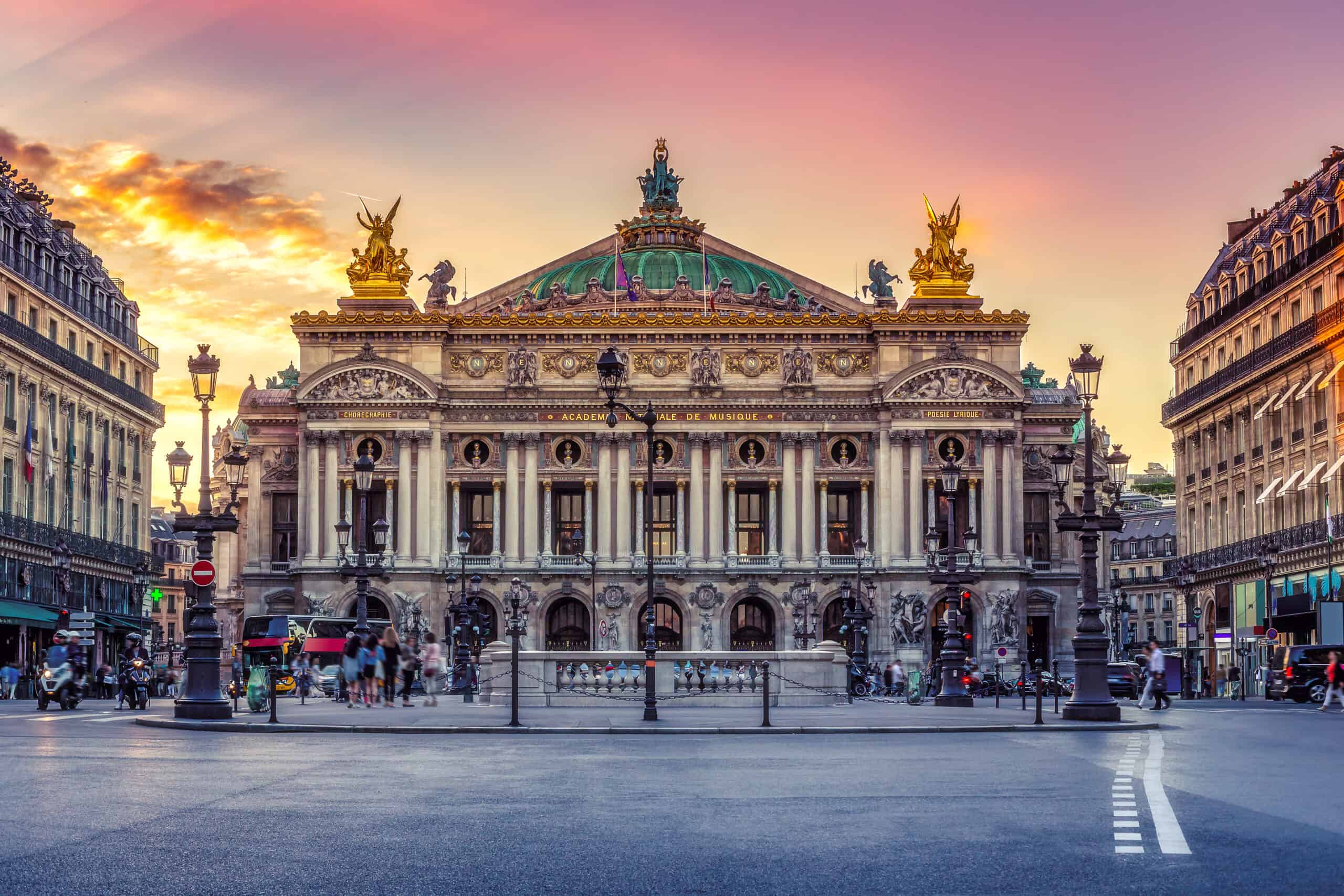
The Palais Garnier, completed in 1875, is a symbol of Parisian grandeur and opulence. Designed by architect Charles Garnier, the opera house features a grand marble staircase, intricate friezes, and a ceiling painted by Marc Chagall. The venue was commissioned by Emperor Napoleon III and has since become a cultural landmark. It inspired Gaston Leroux’s novel “The Phantom of the Opera,” adding to its mystique. Visitors can take guided tours to explore its lavish interiors and learn about its fascinating history, as well as attend world-class opera and ballet performances.
Bolshoi Theatre (Moscow, Russia)
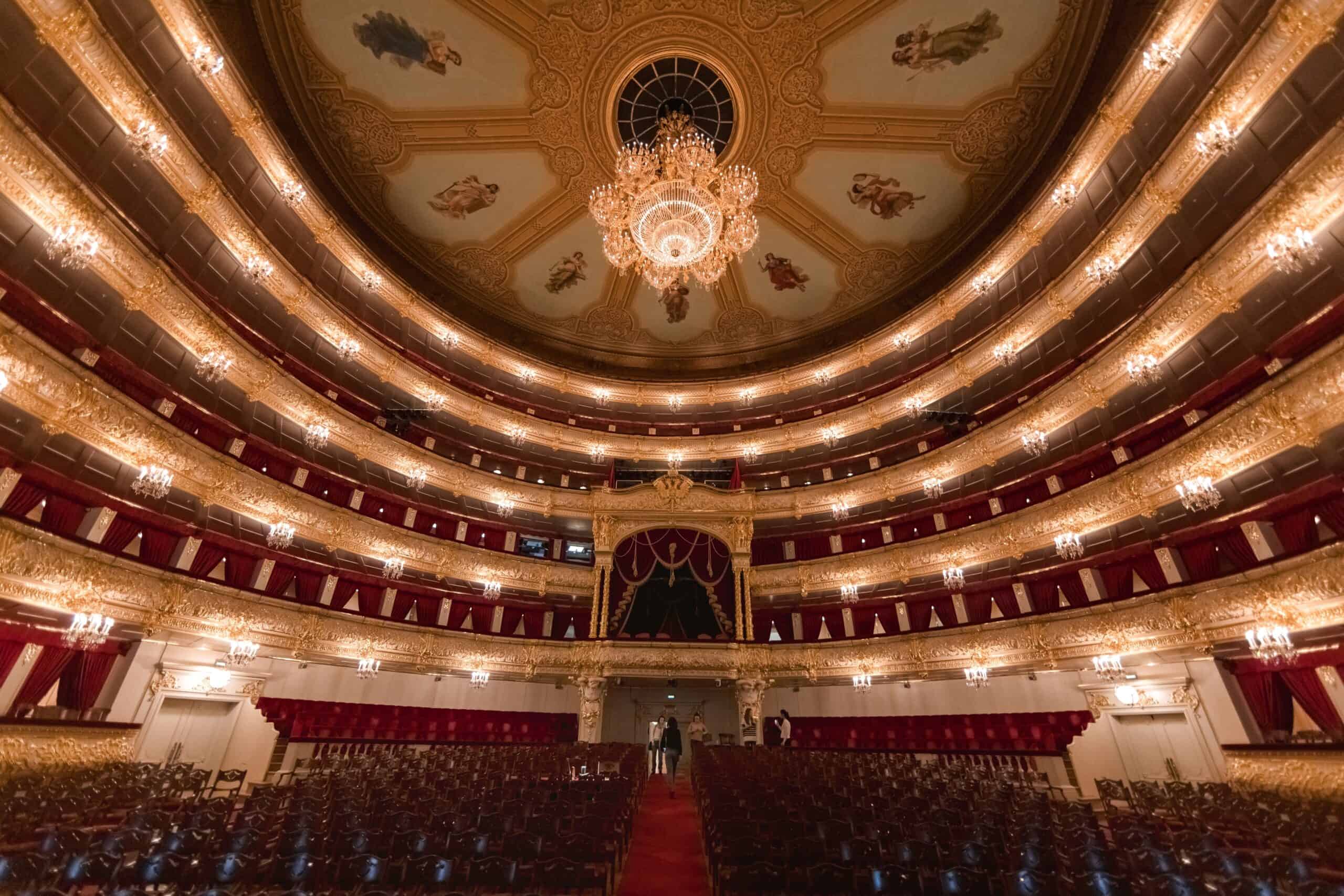
The Bolshoi Theatre, established in 1776, is one of the most iconic cultural institutions in Russia. Renowned for its neoclassical architecture and grand portico with Corinthian columns, it has hosted numerous world premieres, including Tchaikovsky’s “Swan Lake.” After a comprehensive renovation from 2005 to 2011, the theater’s historical splendor was meticulously restored. The Bolshoi continues to be a premier venue for ballet and opera, attracting visitors from around the globe who can enjoy its rich cultural heritage through performances and guided tours.
Teatro Colón (Buenos Aires, Argentina)
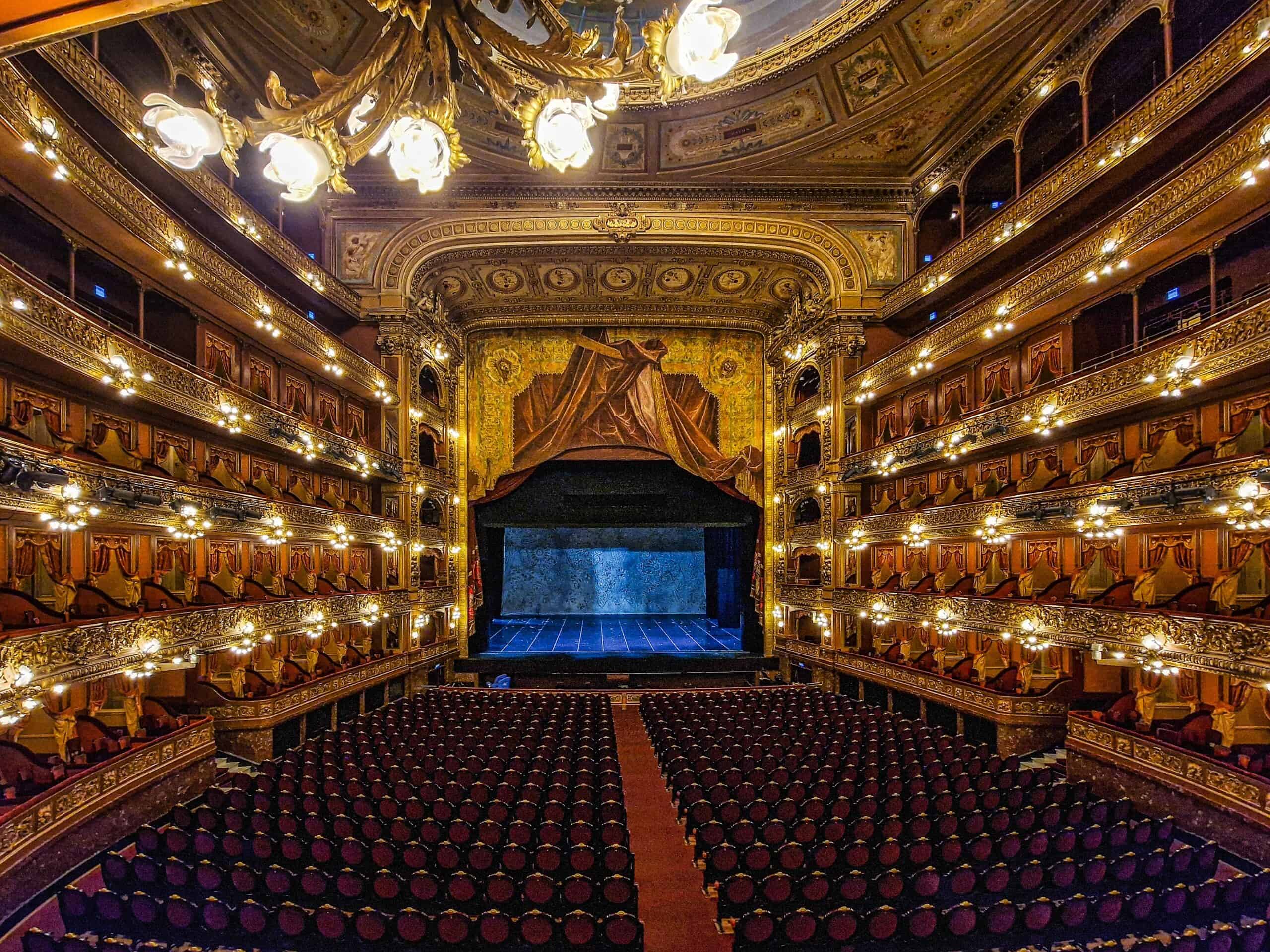
Teatro Colón, inaugurated in 1908, is celebrated for its exceptional acoustics and stunning architecture. Designed by a series of architects, it combines Italian Renaissance, French Baroque, and Classical styles. The horseshoe-shaped auditorium and opulent interiors make it one of the world’s leading opera houses. Famous singers like Luciano Pavarotti and Maria Callas have graced its stage. Visitors can experience its grandeur through guided tours that include the main hall, the rehearsal rooms, and the impressive backstage areas.
Royal Opera House (London, UK)
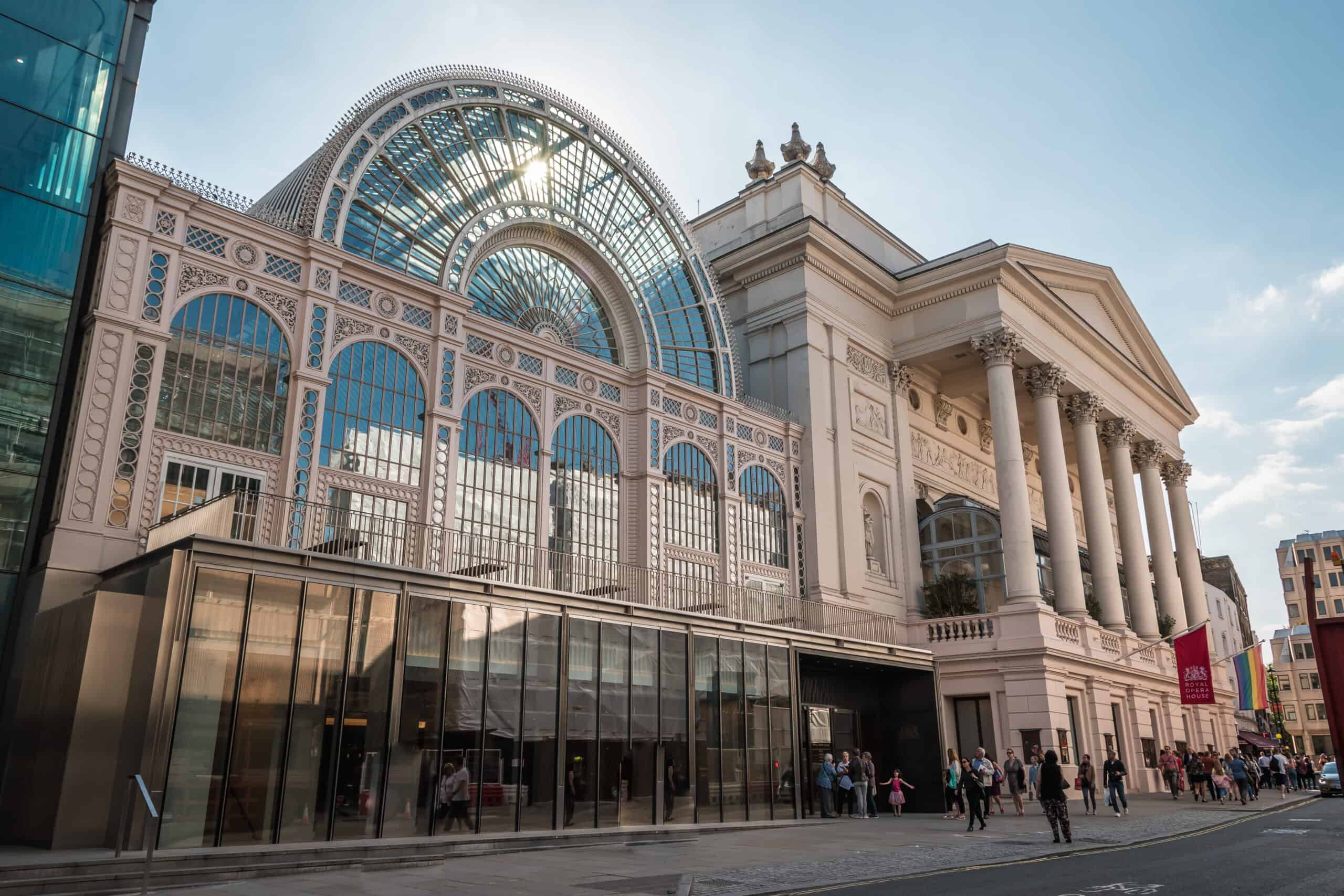
The Royal Opera House in Covent Garden has been a center for the performing arts since 1732, although the current building dates from 1858 after previous structures were destroyed by fire. It is the home of The Royal Ballet and The Royal Opera, and its stage has seen countless world premieres. The theater’s neoclassical facade and luxurious interiors are a testament to its rich history. Visitors can enjoy world-class performances and backstage tours that reveal the inner workings of this iconic venue.
La Scala (Milan, Italy)
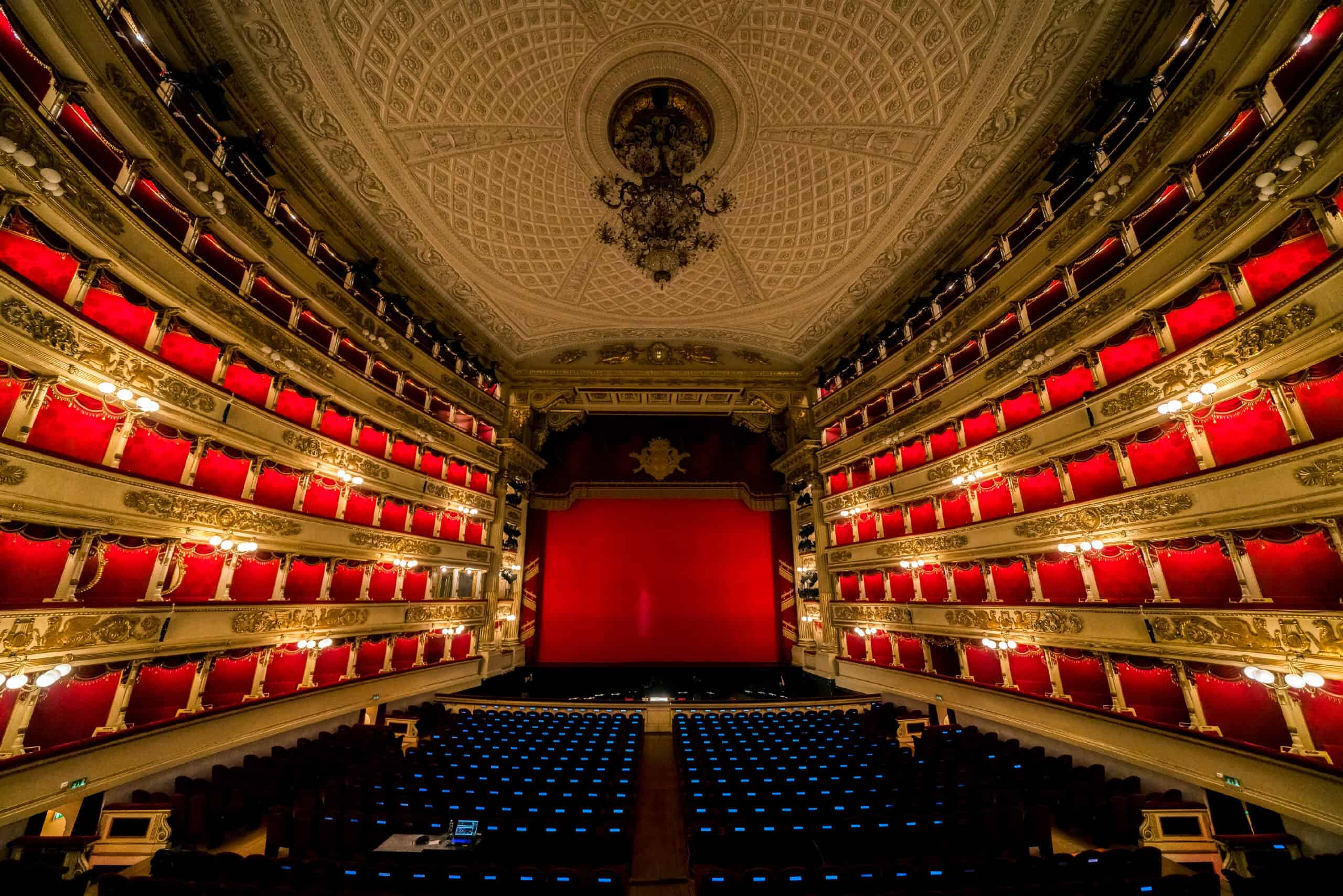
La Scala, opened in 1778, is Italy’s premier opera house, designed by Giuseppe Piermarini after the original theater was destroyed by fire. Located in Milan, it has a rich history of hosting world premieres by composers like Verdi, Puccini, and Rossini. The theater is renowned for its opulent decor, including a stunning chandelier and plush red interiors. La Scala’s museum offers a fascinating glimpse into its storied past, while performances continue to attract opera enthusiasts from around the world.
Vienna State Opera (Vienna, Austria)
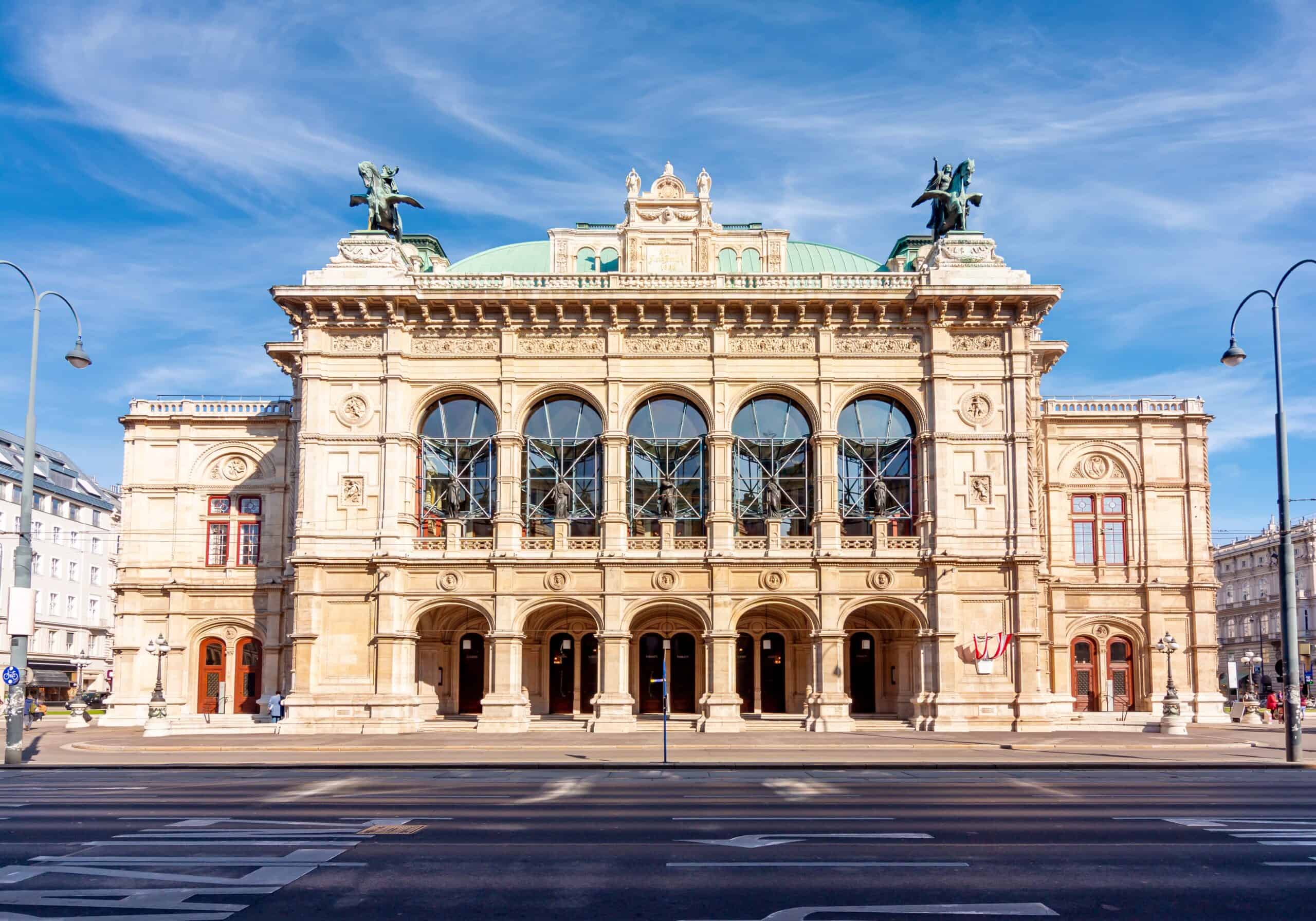
The Vienna State Opera, inaugurated in 1869, is an architectural and cultural landmark designed in the Neo-Renaissance style by architects August Sicard von Sicardsburg and Eduard van der Nüll. Despite suffering significant damage during World War II, it was meticulously restored and reopened in 1955. The opera house hosts over 300 performances annually, featuring a diverse repertoire of operas, ballets, and concerts. Guided tours provide insights into its history, architecture, and the behind-the-scenes workings of this prestigious institution, making it a must-visit for any cultural enthusiast.
Sydney Opera House (Sydney, Australia)
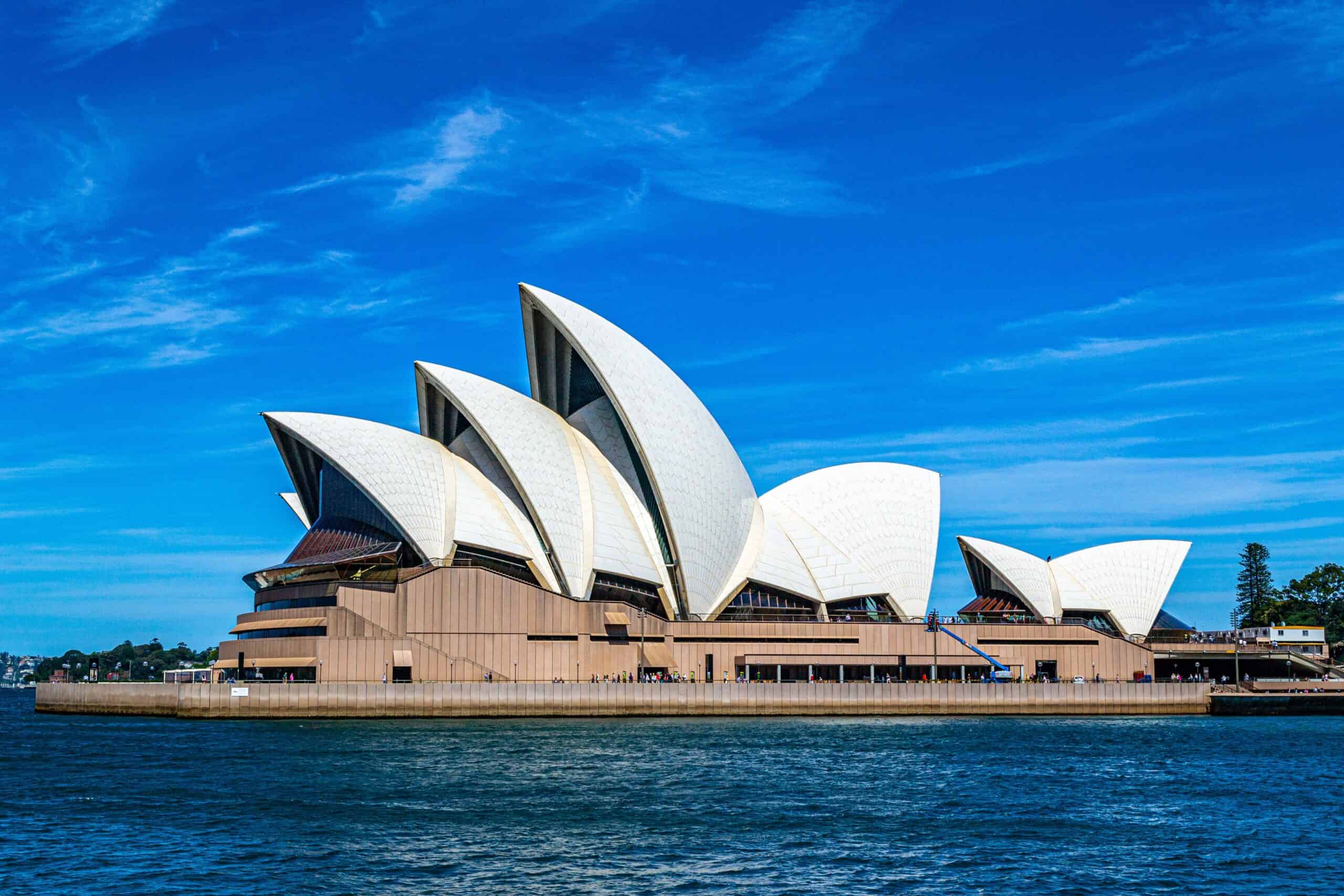
The Sydney Opera House officially opened its doors in 1973. Renowned architect Jørn Utzon designed this iconic structure. Its unique sail-like design has become a global symbol of Sydney. Located at Bennelong Point, it was designated a UNESCO World Heritage site in 2007. More than just an opera house, it hosts a wide variety of performances, including theater, dance, and music. Over 10 million visitors explore the site each year, marveling at its beauty. The building’s structure and acoustics are considered exceptional. The complex includes a concert hall, several theaters, and rehearsal studios.
Carnegie Hall (New York City, USA)
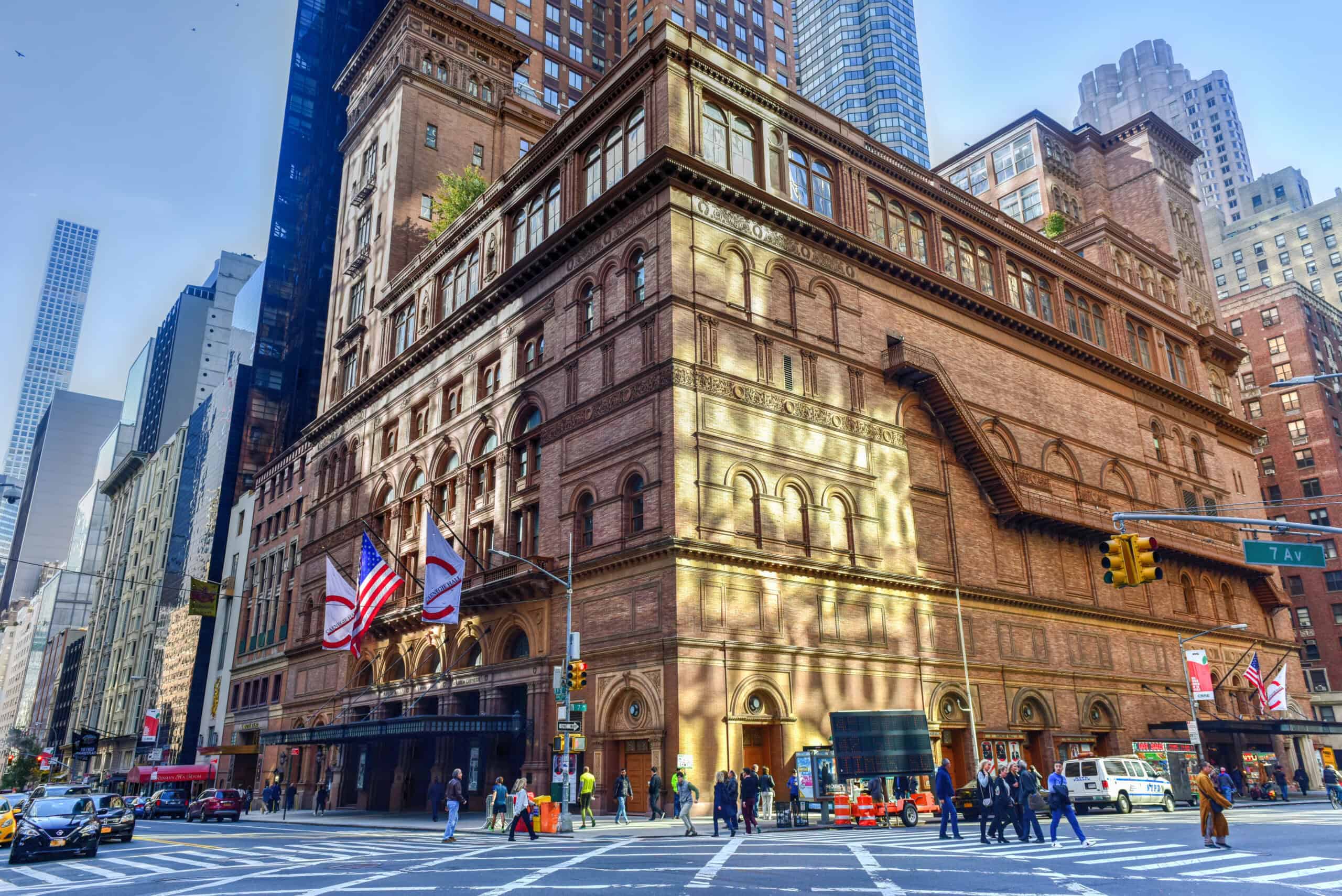
Carnegie Hall first opened its doors to the public in 1891. Financed by the philanthropist Andrew Carnegie, it quickly became a cultural landmark. Architect William Burnet Tuthill designed the hall, which is renowned for its legendary acoustics. The hall’s opening concert featured the famed composer Tchaikovsky. The venue has hosted countless famous performances across various genres. Musicians from around the world aspire to perform here. The main hall, Stern Auditorium, has a seating capacity of 2,804 people. The complex also includes Weill Recital Hall and Zankel Hall.
Her Majesty’s Theatre (Melbourne, Australia)
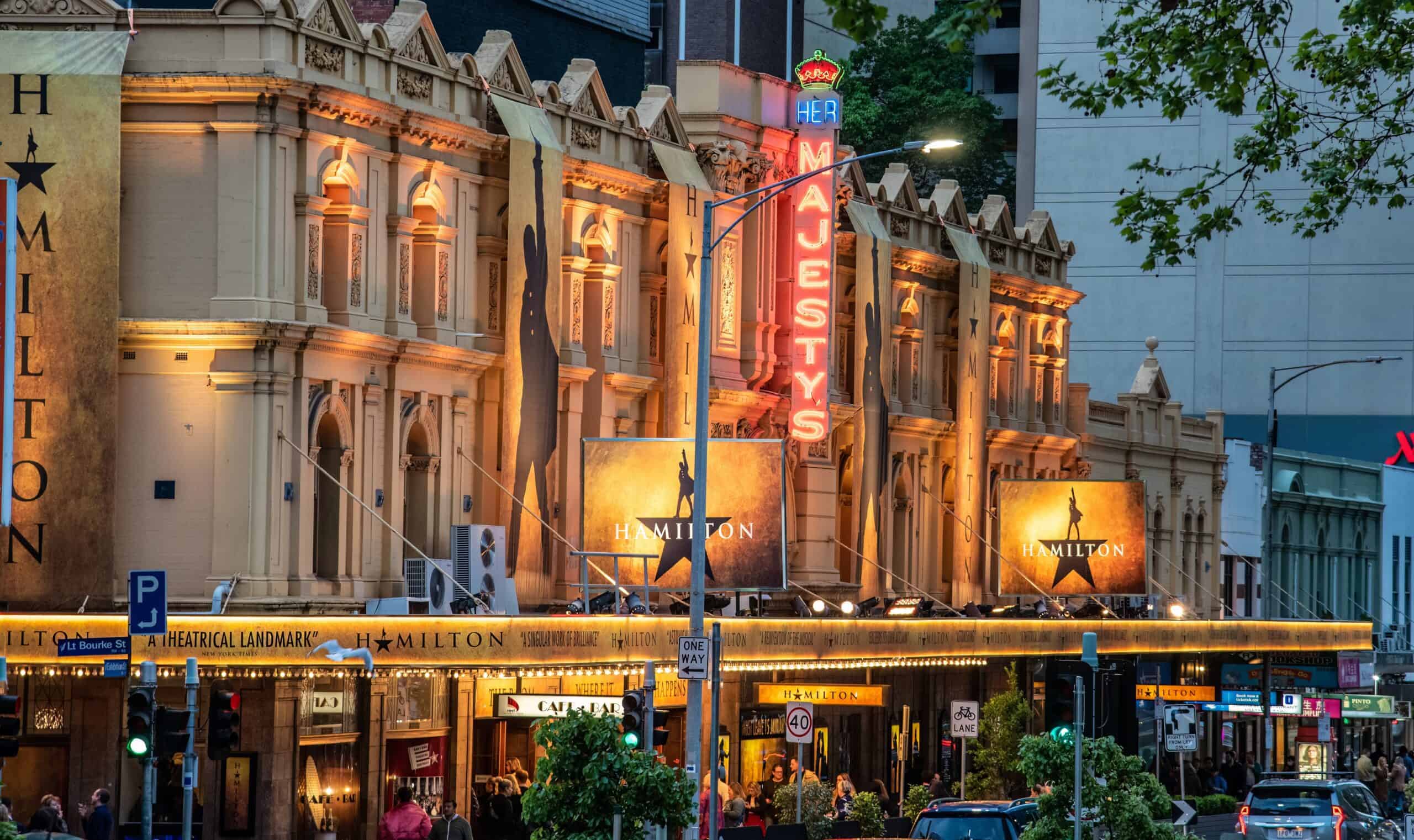
Her Majesty’s Theatre in Melbourne has a history that dates back to 1886. Designed by the architect Nahum Barnet, it reflects the grandeur of Victorian architecture. The theater was renamed several times before finally becoming Her Majesty’s Theatre in 1900. Extensive renovations were undertaken in the 1970s to restore its former glory. This venue has showcased numerous iconic performances over the years. Its stage has hosted legendary actors and memorable productions. Known for its luxurious interior, the theater remains a cultural gem in Melbourne.
Théâtre des Champs-Élysées (Paris, France)
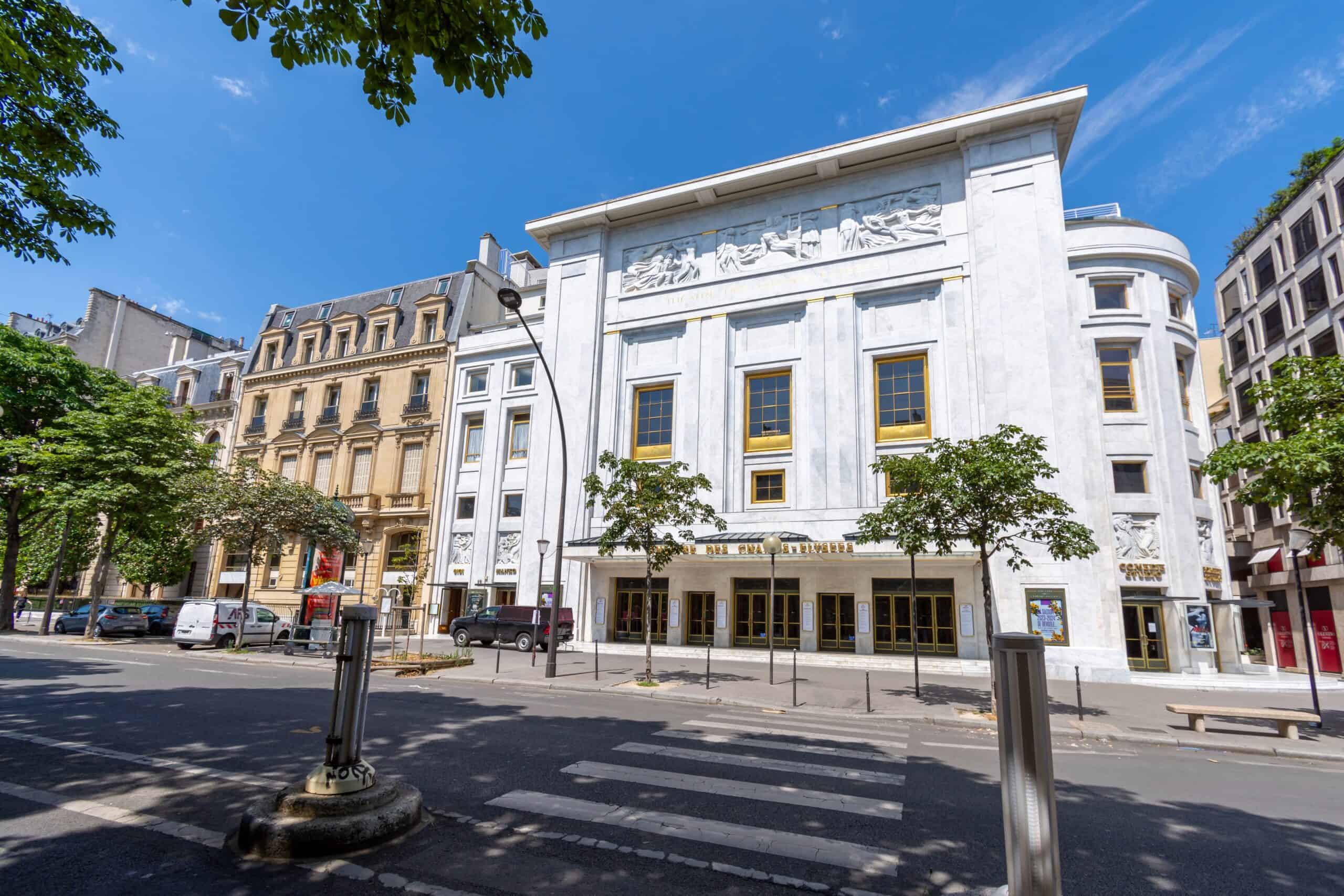
Théâtre des Champs-Élysées opened its doors in 1913. Designed by the architect Auguste Perret, it embraces early modern architecture. Located on the prestigious Avenue Montaigne, it stands as a key cultural site in Paris. The theater was one of the first major structures in the city to be built using reinforced concrete. The venue offers a diverse range of performances, including opera, ballet, and concerts. Its use of reinforced concrete was revolutionary at the time of construction. The building’s Art Deco style is both notable and striking. Renowned for its acoustics, it continues to draw global performers.
Lincoln Center for the Performing Arts (New York City, USA)
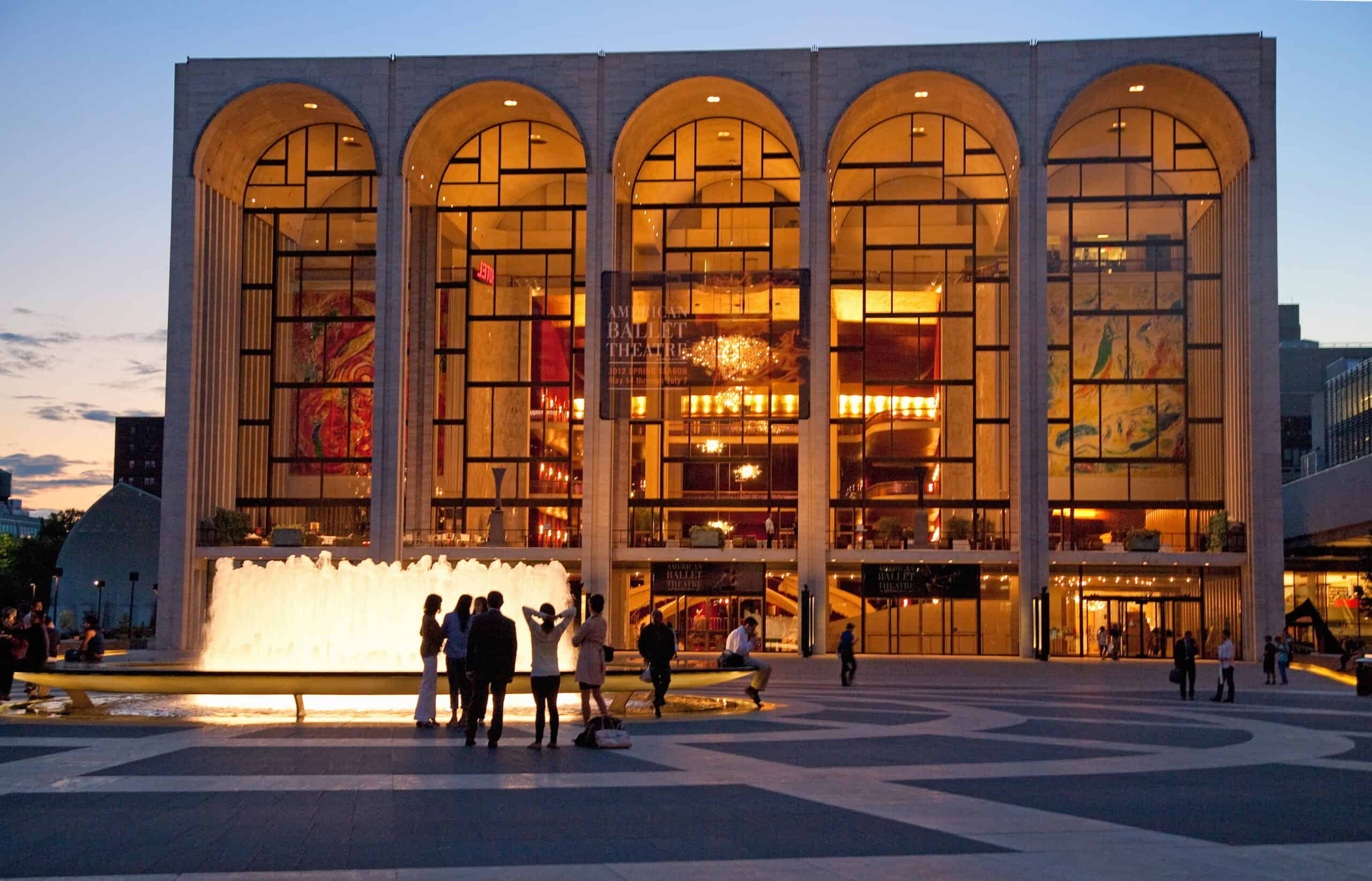
Lincoln Center for the Performing Arts officially opened in 1962. It was part of an ambitious project to revitalize the surrounding area. Architect Wallace Harrison led the design of this grand complex. The center comprises multiple venues, including the Metropolitan Opera House and David Geffen Hall. Lincoln Center hosts a wide variety of arts events, ranging from opera to jazz. It serves as the home to the prestigious New York Philharmonic. The center’s architecture is modern and grand, with expansive plazas and fountains. It stands as a key cultural hub in New York City. The annual Mostly Mozart Festival is a particularly notable highlight.
National Theatre (Prague, Czech Republic)
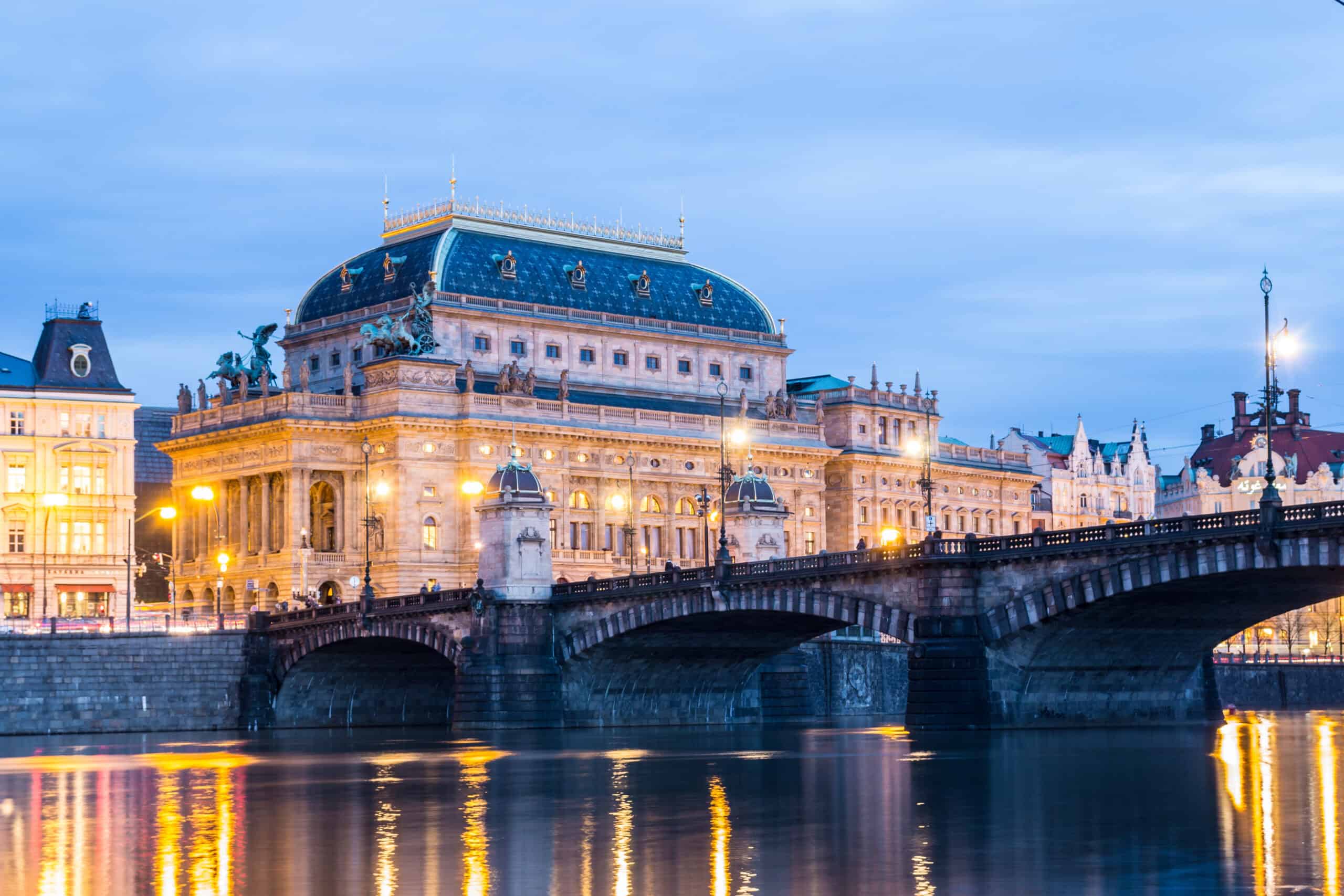
The National Theatre in Prague first opened in 1881. Its construction was funded by a national collection, demonstrating Czech pride and solidarity. Architect Josef Zítek designed it in an elegant Neo-Renaissance style. After a fire damaged it shortly after its opening, the theater was quickly rebuilt and reopened in 1883. The National Theatre is a symbol of Czech national identity and cultural heritage. It hosts a wide array of performances, including opera, drama, and ballet. Its gilded interior is both stunning and historically significant. The theater played a crucial role in the Czech cultural revival during the 19th century.
Opéra Bastille (Paris, France)
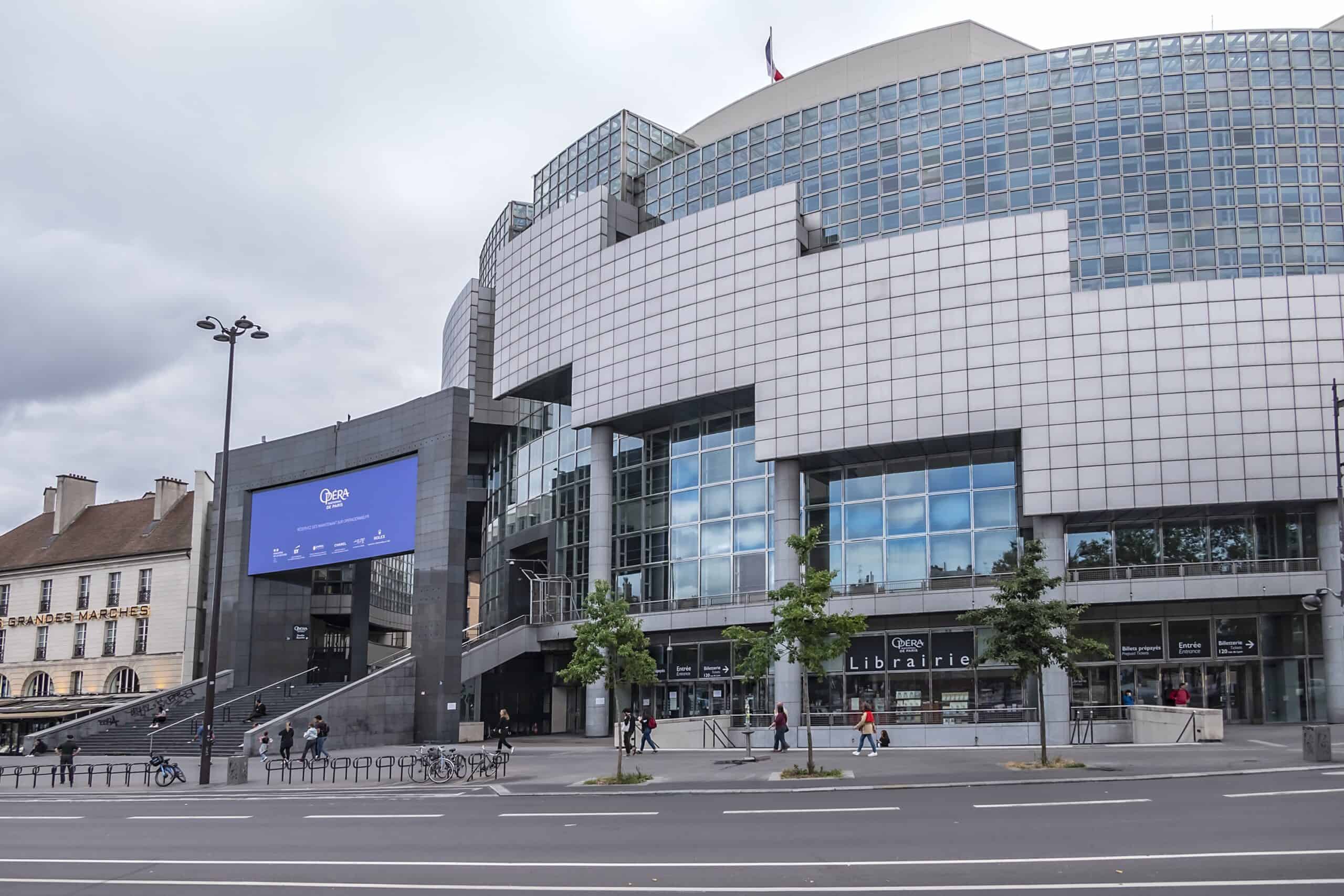
Opéra Bastille opened to the public in 1989. Designed by the architect Carlos Ott, this modern marvel was constructed to commemorate the bicentenary of the French Revolution. Located at the Place de la Bastille, it offers a striking contrast to the historic Opéra Garnier. The building’s modernist design prominently features glass and steel elements. The opera house has a seating capacity of 2,745, allowing it to host large audiences. It features state-of-the-art acoustics and advanced stage technology. The building’s sleek and functional modernist design is both innovative and practical. It hosts numerous operas and concerts annually, contributing significantly to Paris’s rich cultural tapestry.
This article originally appeared on Rarest.org.
More from Rarest.org
1976 Roosevelt Dime Value Guide

The 1976 Roosevelt dime is made of 91.67% copper and 8.33% nickel. Its core is made of solid copper while its surface is clad with nickel. Read More.
1978 Eisenhower Silver Dollar Value Guide

The 1978 Eisenhower dollar is valuable depending on its condition, preservation, rarity, and composition. Depending on the type of your Eisenhower dollar coin, you can sell it for as much as a few hundred dollars. Read More.
1992 Washington Quarter Value Guide

The 1992 Washington quarter was made of 91.67% copper and 8.33% nickel. However, there was also a special edition of the 1992 Washington quarter that was mostly made of silver. Read More.
